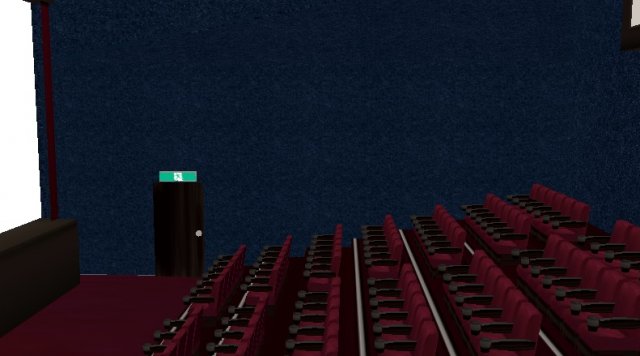
Also, Isotropic will be used as phase function. Fog's distance will be translated into Absorption Density.

Fog: A Thea material with Medium will be created.Soft and Invert parameters are preserved. Alpha: A Thea material with clipping (Alpha) component will be created.

If generate GI is disabled in C4D's luminance's channel, Thea's emittance passive emitter parameter will be enabled. Thea emittance will have Power 100 watts and Efficacy 20 (lm/w).
Luminance: A Thea material with emittance component will be created. Blurriness is copied to Glossy's roughness Absorption value, absorption color and Index Of Refraction (IOR) are copied to the corresponding parameters. Transparency: A Glossy BSDF with transmittance will be created. Reflection (prior to R16): It's converted into Coating with IOR 3.5. Thea's IOR, Roughness and K parameters are calculated based on C4D reflectance's width, falloff, inner width and specular strength parameters. Specular: Each reflection layer (max 3) is converted into a Basic BSDF with reflectance enabled. Color + Diffusion: if they are both enabled, a combined Thea XML texture will be created and used in Basic Diffuse parameter. Color: If Oren-Nayar is used as illumination model, its value will be copied in Basic's sigma parameter. Color or Diffusion: A Basic BSDF will be created with the diffuse parameter enabled. The following channels are supported: Color, Diffusion, Specular, Reflection, Transparency, Bump, Alpha, Luminance, Fog and Displacement. That means there are some features/parameters in C4D materials that are not supported in Thea ones and vice versa. Due to differences in the material system, the conversion is taking place using heuristic rules. To extend Cinema 4D camera with Thea features (such as extra projection options), one has to apply a Thea Camera tag to it.Ĭinema4D materials are converted automatically into Thea materials before transferred to Thea's rendering engine. Regarding the projections, only Perspective and Parallel are available from Cinema4D to Thea. The parameters that are currently supported are projection, focal length, film offset, focus distance, near/far clipping, sensor size and zoom (in case of parallel projection). In this case, please enable the "Execute Preceded Passes" in Thea's Render Settings.Ī Cinema 4D camera object is converted into Thea Camera. There are some objects though such as hair that their generated geometry is depending on the current frame. Polygon objects, primitives, generators, instances and render instances are translated into Thea objects (models and proxies). In order to render a Cinema 4D scene using a Thea engine, the Cinema 4D objects have to be converted into Thea objects.Īll of Cinema 4D’s geometries should be converted out of the box. 
Assigning materials with Content Browser. Assigning Color, Bitmaps and Procedurals.







 0 kommentar(er)
0 kommentar(er)
